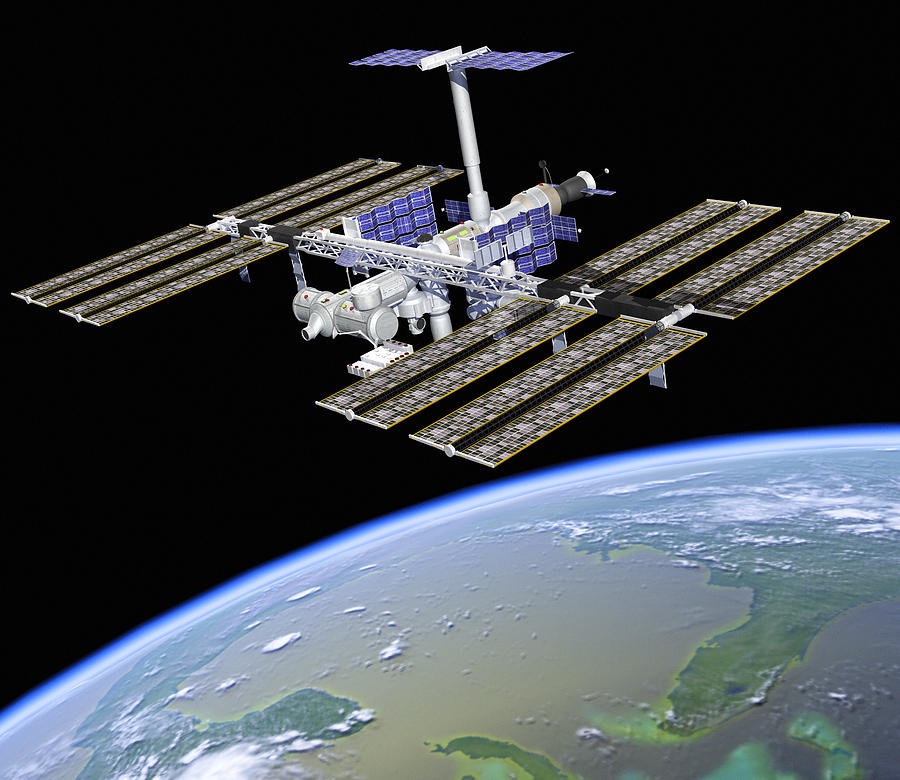

Examining the Cosmos in visible and ultraviolet light, Xuntian seeks to understand the nature of dark energy and dark matter, two of the greatest mysteries in astrophysics today. With its impressive field of view, the CSST (sporting a camera with 2.5 billion pixels) will be capable of studying 40 percent of the sky over 10 years. If you plan for 100 years, educate mankind.” Chinese Proverb Looking High, Looking Low, Looking Everywhere I Go… This pairing would represent a significant advantage in servicing over the Hubble telescope, which required several Shuttle missions to repair and upgrade.


#INTERNATIONAL SPACE STATION TELESCOPE UPGRADE#
This will help us refuel the telescope and carry out in-orbit upgrade for it,” Zhou Jianping, a leader in China’s human spaceflight program, told China Central Television. “The telescope will be set up in an optical module that can fly independently in orbit… e will make it fly approximately in common orbit with the future space station. However, the CSST will be able to see 300 times as much sky at one time as its older compatriot. The main mirror in Xuntian will have a diameter around two meters (six-and-a-half feet) across, roughly the size of the mirror at the heart of the Hubble Space Telescope. One of the most-important characteristics of a telescope is its diameter - which limits how much light it can take in at a single time. Unlike previous space telescopes such as Hubble, this orbiting observatory, due for launch in 2024, will be orbiting alongside the Chinese large modular space station, able to dock with the outpost when needed. The Chinese Space Station Telescope will provide the Middle Kingdom with a Hubble-class view of the heavensĬommonly known as the Chinese Space Station Telescope (CSST), Xuntian (Heavenly Cruiser) is readying to become China’s first major telescope in space.


 0 kommentar(er)
0 kommentar(er)
